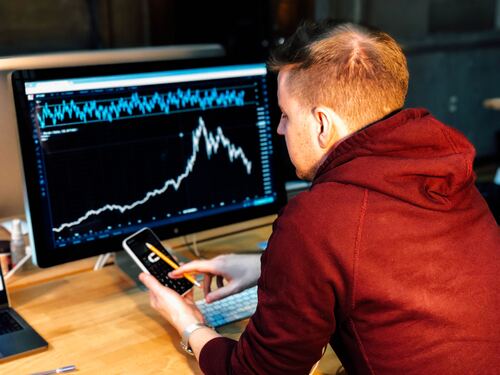Trading demands care, skills, and knowledge to ensure success. It is true that leverage is one of the most complex methods of trading. The idea of controlling a larger market position with a smaller capital outlay is appealing, but it comes with a high risk.
For every opportunity to amplify profits, there’s the potential for equally amplified losses. Understanding how to manage that risk is 8essential for anyone trading with leverage.
Understand leverage fully
One of the best ways to minimize the risk is to understand how leverage works and how it affects trade. The major advantage of it is that it allows traders to gain exposure to larger positions without having to deposit the full value of the trade. You can get the profit that is calculated against the leverage amount.
But many traders misunderstand that this process is also applied to losses and calculated against the leverage amount. This means that an unsuccessful trade can lead to substantial loss. Knowing the implications of leveraged positions ensures that trades are made with caution and awareness, not just excitement over potential gains.
Determine Your Position Size Carefully
One of the simplest yet most effective ways to manage risk is to understand and calculate your position size. Many traders make the mistake of focusing solely on the margin required for a trade and ignoring the full exposure.
It’s crucial to commit only an amount you’re comfortable losing. Using smaller leverage ratios can help limit your risk, even if higher leverage is available. By adjusting your position size according to your risk tolerance, you can ensure that a single trade doesn’t risk your account.
Use Stop-Loss Orders
Stop losses are among the most widely recommended tools for managing risk. They automatically close a position when the market moves against you to a certain price level. This prevents losses from spiraling out of control.
In volatile markets, prices can gap past your stop level, leaving you exposed to larger losses than anticipated. This is where guaranteed stop-loss orders come into play. These orders ensure that your position closes exactly at your set price, regardless of market gaps or sudden spikes.
Conduct Thorough Market Analysis
Even with all the right tools, you cannot ignore the importance of informed decision-making. An essential part of risk management in leveraged trading is market analysis. Before entering any trade, research market conditions, asset performance, and general economic variables that may affect prices.
Market research helps to determine the trends, potential support and resistance levels, and volatile areas. The better your analysis, the more calculated your trades will be, which naturally reduces risk.
Conclusion
Leverage trading can be the best opportunity to earn great profits. But there is an equal chance of great loss. That is why risk management is non-negotiable.
To ensure profitable trading, the only solution is not to avoid leverage but to use it wisely. Combining a deep understanding of leverage with practical risk management strategies can make a huge difference.




